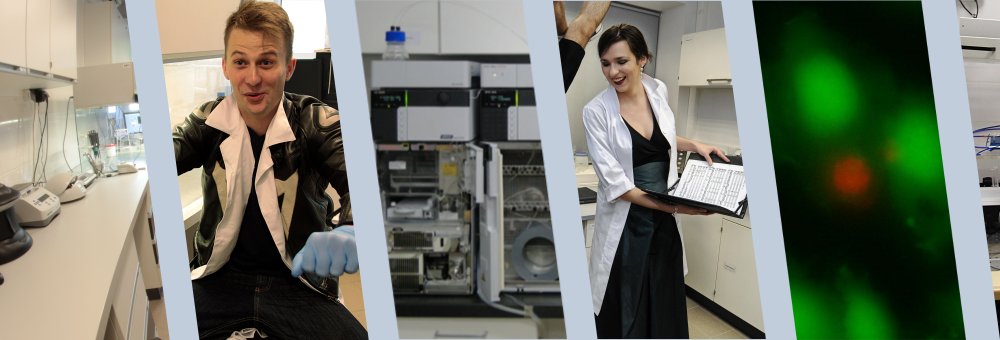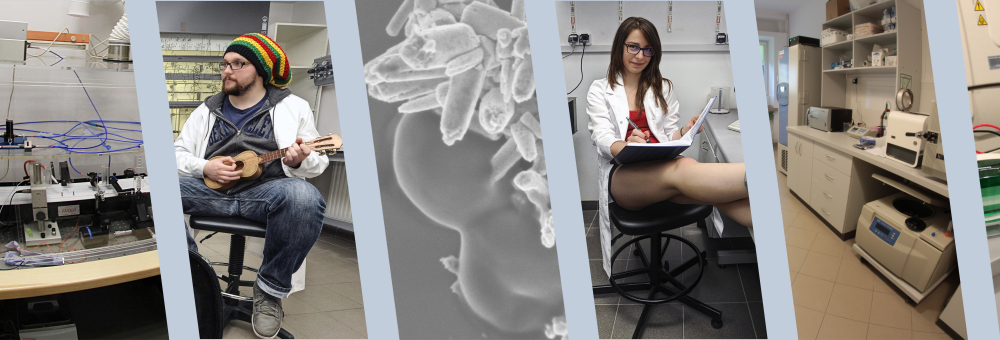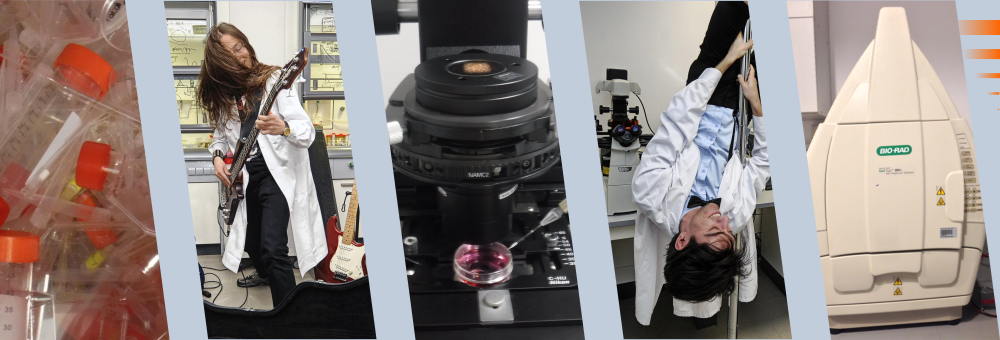Publication
Morphological changes during the order-disorder transition in the two- and three-dimensional systems of scalar nonconserved order parameters
Author(s): Fialkowski, M and Holyst, R
Title: Morphological changes during the order-disorder transition in the two- and three-dimensional systems of scalar nonconserved order parameters
Abstract: The order-disorder transition is studied in a system of a scalar order parameter. We use this well studied system to show the application of the methods of topology and geometry reveals our knowledge of the kinetic pathways by which the order-disorder proceeds is far from being complete. We show that in (2D) and 3D systems there are three dynamical regimes in evolution of the system: early, intermediate, and late. In the regime two length scales govern the behavior of the system, in the early and intermediate regime there is only one length The size distribution of the domain area indicates the pathway by the domains change their size. There are only two types of domains a 2D system: circular and elongated with well defined characteristics of the area with the contour length) which in the late regime not depend on time after rescaling by the average area and contour in system. The elongated domains continuously change into circular reducing in this way the overall dissipation in the system. In to reach a Lifshitz-Cahn-Allen (LCA) late stage regime the number elongated domains must be strongly reduced. In the intermediate the number of elongated domains is large and simple LCA scaling not hold. In a 3D symmetric system we always have a bicontinuous that evolves by cutting small connections. The late stage seems to be associated with the appearance of the preferred mean curvature. The early-intermediate regime crossover is with the saturation of the order parameter inside the while the intermediate-late stage regime crossover is related the global breaking of the +/- order parameter symmetry (marked by appearance of the nonzero mean curvature but still zero average The times for the occurrence of these crossovers do not depend on the size of the system.
Journal: PHYSICAL REVIEW E
Volume: 66
ID: ISI:000179176300032
Year: 2002
DOI: 10.1103/PhysRevE.66.046121









